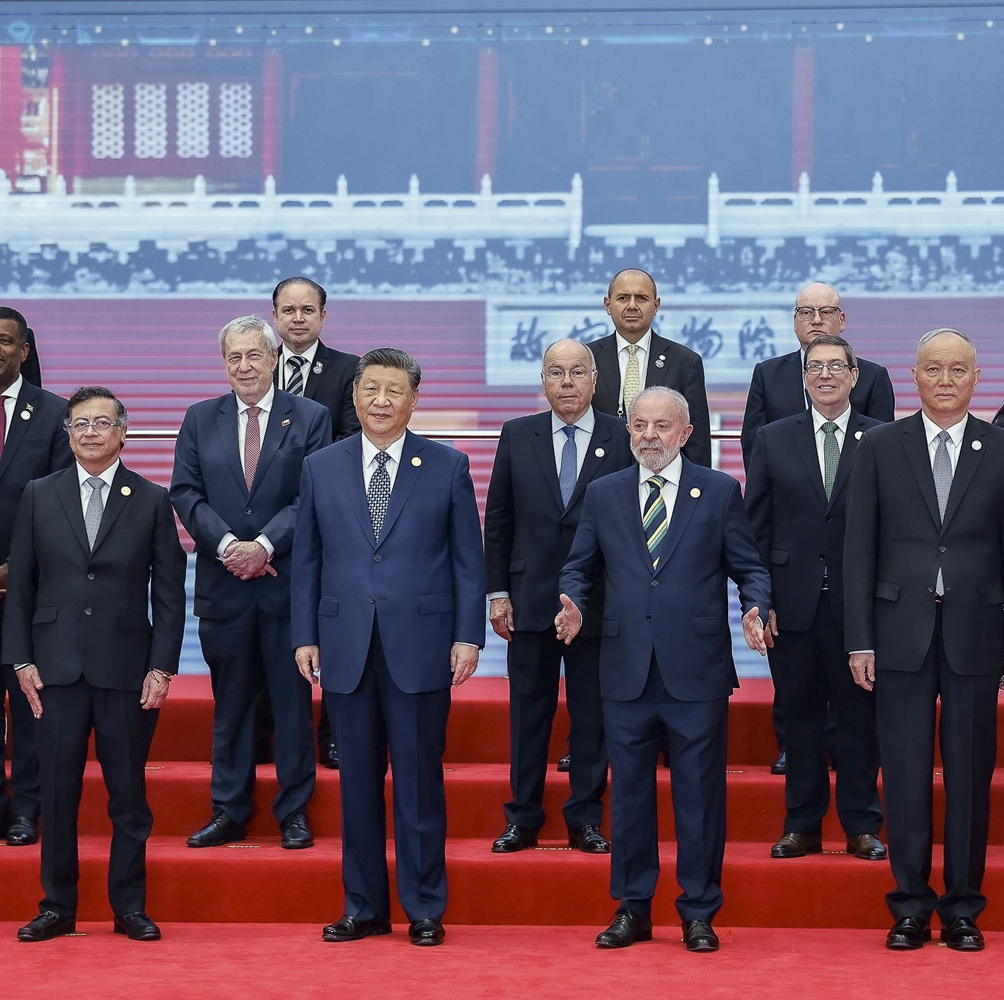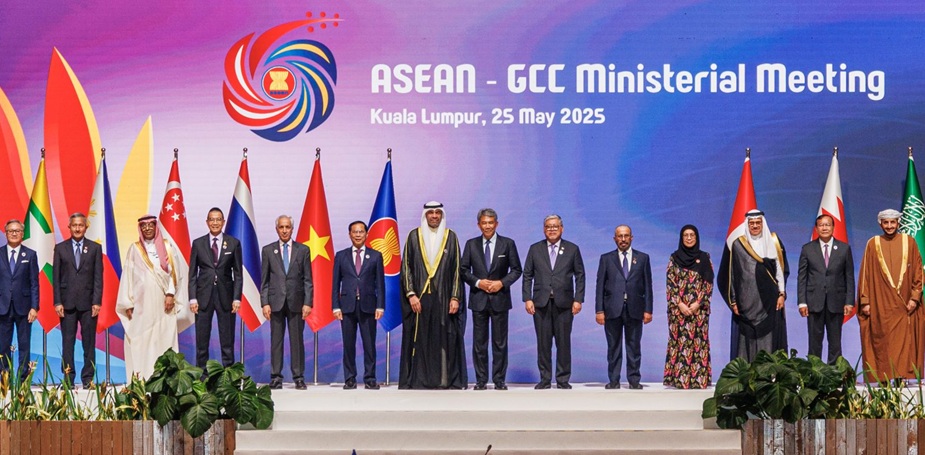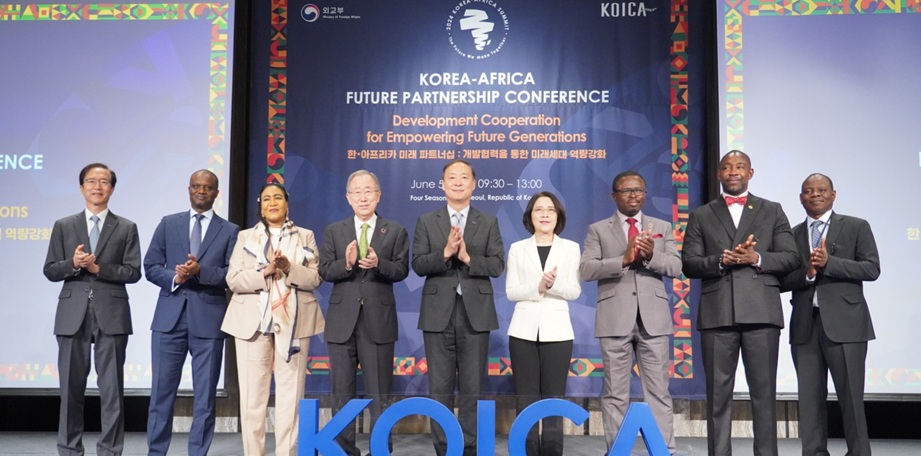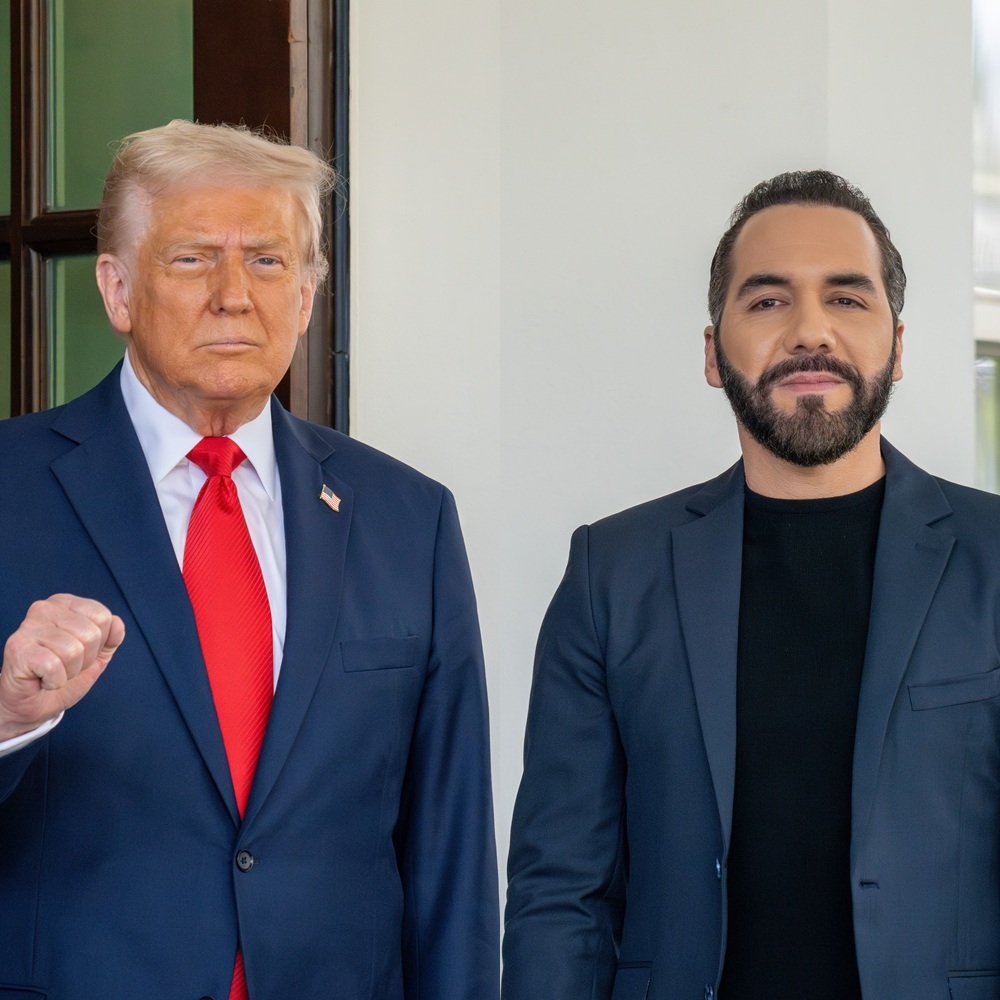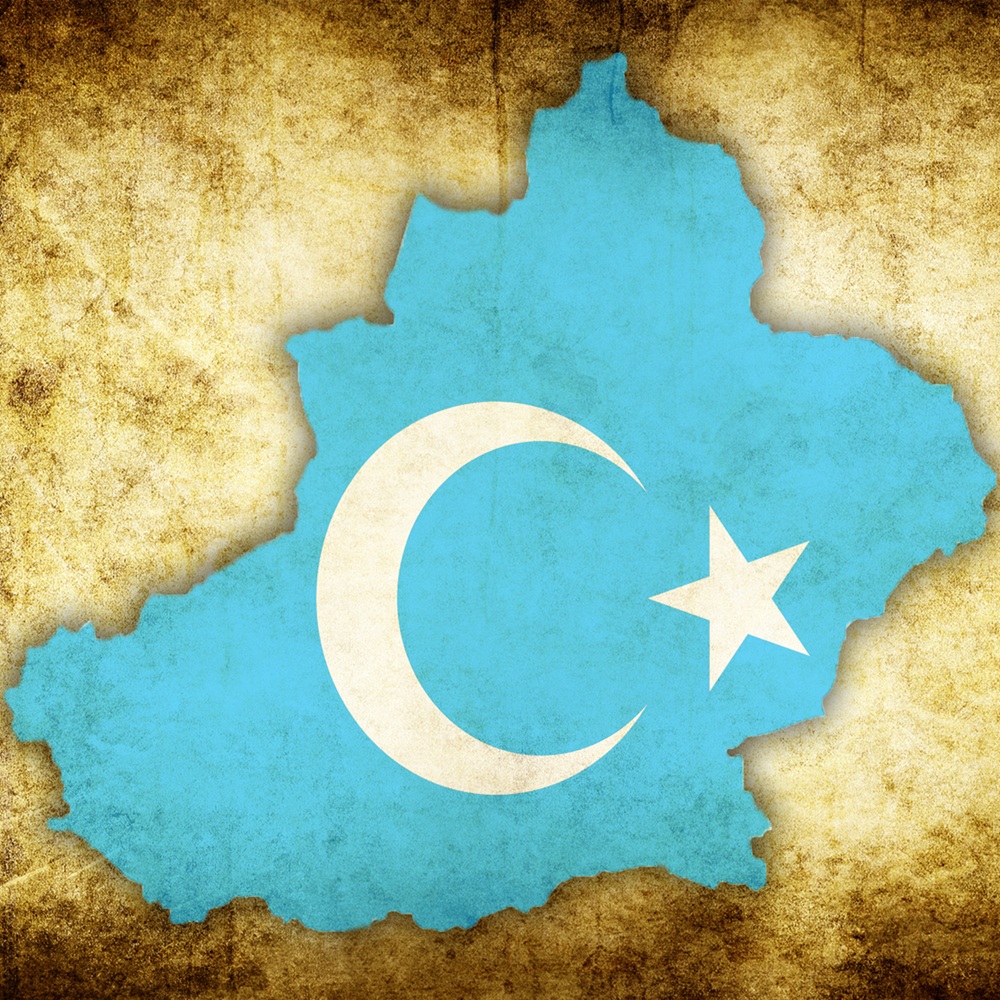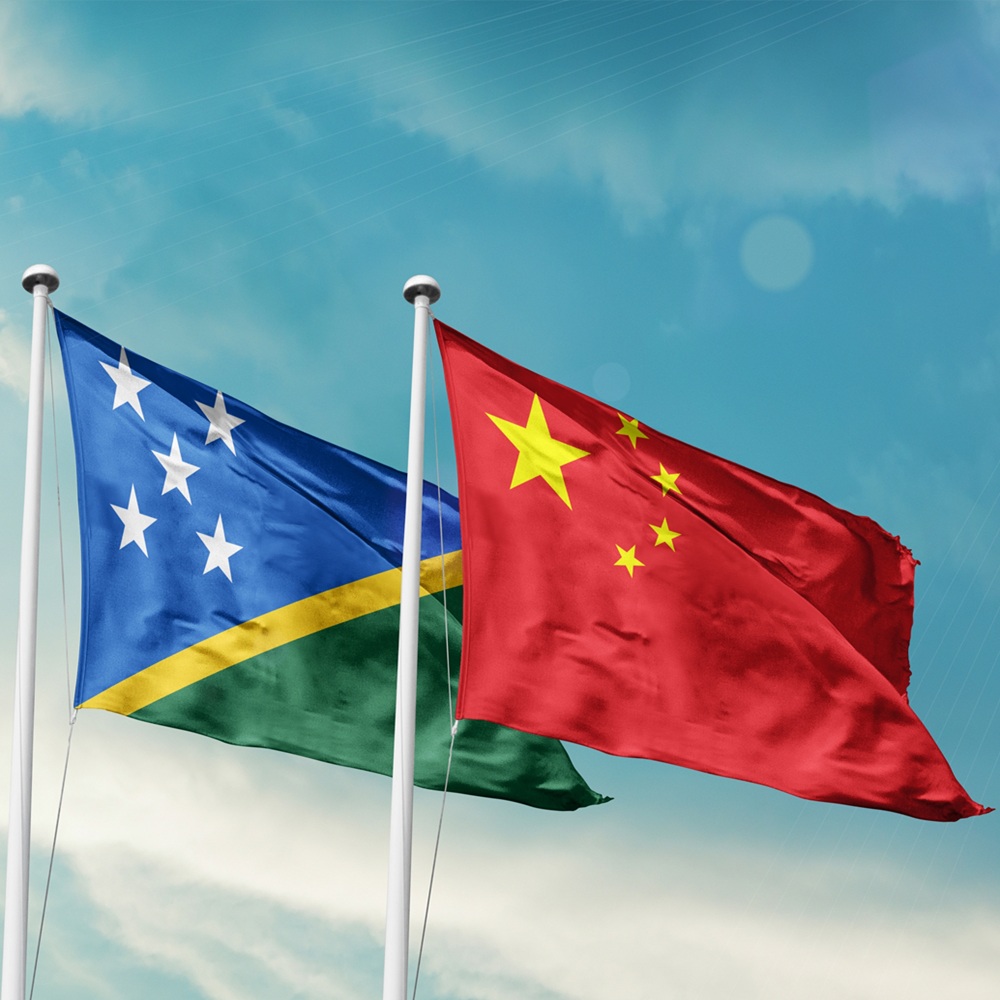A comparison between South Korea’s Rice Belt Initiative and China’s BRI Initiative, their role in Africa, and development projects in Egypt
by Nadia Helmy
한국어로 읽기
Leer en español
In Deutsch lesen
Gap
اقرأ بالعربية
Lire en français
Читать на русском
My analysis of South Korean relations with Egypt and a comparison with China, my academic and research specialty, comes as Egypt and South Korea celebrate the 30th anniversary of the establishment of diplomatic relations on April 14, 2025. Relations between the two countries have witnessed continuous development, encompassing various political, economic, cultural, and educational fields over the past three decades. Egyptian-Korean relations date back to 1948, when Egypt officially recognized the independence of the Republic of South Korea. Egyptian-South Korean cooperation currently extends to development cooperation for the next five years to meet development requirements, promote the transition to a green economy, and expand sustainable infrastructure projects. Especially with South Korea's selection of Egypt as a strategic partner in its development cooperation plans for the period 2022-2026. While China is investing in its massive Belt and Road Initiative, and Russia is using its security arms to strengthen its presence in Africa, South Korea is focusing on a different kind of belt related to food security. The South Korea-led Rice Belt Initiative, particularly within the African continent, aims to boost rice production in African countries by introducing high-yielding rice varieties, providing seeds, providing training, and supporting irrigation systems. Through partnerships with eight African countries, most notably Cameroon, Gambia, Ghana, Guinea-Bissau, Kenya, Senegal, and Uganda, South Korea is investing in agricultural capacity building and promoting rice cultivation and distribution in these and other African countries to enhance food security through partnerships between South Korea and African countries. Through major South Korean initiatives, such as official development assistance, capacity building programs, technology transfer, and the Rice Belt, South Korea aims to bridge the development gap and strengthen its role as a pivotal global power. With the arrival of US President “Trump” in his second term, following a series of trade wars against China during his first term and his increase in tariffs on China by more than 100%, relations between the United States and China have become fraught with tension, especially with China's firm response to the US administration with a policy of reciprocal retaliation, Beijing's reciprocal increase in tariffs imposed on US goods and products, and even China's imposition of trade restrictions on US companies operating within its territory, particularly those owned by the well-known American businessman “Elon Musk”. Here we see the extent to which South Korea currently benefits from the tensions between the Chinese and American superpowers, as it is a smaller player in managing relations between the major powers. This is precisely what Keun Lee, former vice chairman of the National Economic Advisory Council to the South Korean president, winner of the 2014 Schumpeter Prize, and author of “China: Technological Leapfrogging and Economic Catch-Up: A Schumpeterian Perspective”, which is issued by: (Oxford University Press, 2022), in this aforementioned book, Keun Lee analyzes the situation for South Korea and the nature of the dispute between China and the United States, emphasizing that South Korean companies are reaping significant benefits from the trade and technological restrictions imposed by the United States on China, which have at least slowed the “Sinicization” of manufacturing and global value chains. Since South Korea and China produce a large number of the same goods and types, such as: (consumer electronics, batteries, cars, ships), and more, according to Keun Lee’s analysis, the less China’s share of the American and Western market diminishes, the more South Korea will have. Indeed, Western and American sanctions, in particular, imposed on the Chinese tech giant Huawei, have given a boost. Strong sales of wireless systems produced by Samsung. Similarly, if Chinese industry has less access to Western technology, it is likely to turn to South Korean companies. South Korea is attempting to capitalize on this by adopting a new development strategy for partnerships with Egypt and other African countries, and holding the first South Korea-Africa summit in June 2024. Here, we can draw a simple comparison between the development roles of China and South Korea within the African continent. China primarily focuses on its massive financial power through its Belt and Road Initiative, as well as its efforts to fundamentally change the nature of African countries. What is interesting is that South Korea, which possesses significant strengths, has decided to join the bandwagon to win in Africa. South Korea is keen to move away from following the Chinese model in Africa. As noted during the first South Korea-Africa summit in June 2024, South Korea is serving as a bridge or communication channel in the international community as a responsible middle power, based on its own development experience compared to China. Noting South Korea's keenness to avoid presenting itself as a strong competitor to China or others within the African continent The modern history of South Korean relations with Africa begins with the Korean War on June 25, 1950, with the participation of units from the Ethiopian and South African armies within the United Nations forces. This included the “Mehal Sevare Unit”, the bodyguard unit of the Ethiopian emperor, which was sent to support South Korea, despite Ethiopia being one of the poorest countries in the world at the time. This Ethiopian aid contributed to building friendly and special relations between the two countries after the war ended. As a result, an African Union office in South Korea was established within the Ethiopian embassy, and the South Korean government established a memorial garden in honor of the Ethiopian soldiers who participated in the war in support of South Korea. Given the importance of the partnership with South Korea, President El-Sisi's keenness during his visit to South Korea was to enhance the Egyptian state's efforts to localize South Korean industry in Egypt, reflecting the promising prospects for diverse and anticipated Egyptian partnerships with South Korea. Here, we find President El-Sisi's commitment to localizing South Korean technology in Egypt, which was clearly demonstrated by the localization of the South Korean railway car industry in Egypt in the Suez Canal Economic Zone. This aims to gradually enhance Egyptian local content and bolster Egyptian supply efforts to markets in the Arab region and Africa, through Egyptian partnerships between the public and private sectors in South Korea. Therefore, we find President Sisi keen to benefit from South Korean expertise in localizing technology and attracting foreign investment, which contributes to the creation of approximately 5,000 job opportunities for Egyptian youth in the Suez Canal Economic Zone, achieving social and economic progress in the region. On the development front, South Korea is keen to provide development grants to Egypt and all African countries, through the “Korea International Cooperation Agency” (KOICA), especially in the fields of higher education, intellectual property, vocational training, information technology, establishing an electronic system for government procurement, women's economic empowerment, and combating violence. Meanwhile, South Korea's concessional development financing is diversified, covering (railways, subway car manufacturing, knowledge transfer programs, and government capacity building programs). Egyptian-South Korean cooperation has increased in light of the strategic partnership between the two countries, particularly in light of South Korea's selection of Egypt as its strategic partner in development cooperation for the next five years. Many South Korean projects in Egypt are being financed through the concessional financing window provided by the Korea Economic Development Cooperation Fund (KEDCF), a subsidiary of the Export-Import Bank of Korea. This was evident in a $460 million South Korean development financing agreement with Egypt to implement the project to manufacture and supply 40 train units (320 cars) for the second and third lines of the Greater Cairo Metro. South Korean companies also have a significant presence in the New Administrative Capital and the Suez Canal Development Corridor, most notably Hyundai Rotem in the Suez Canal Economic Zone. The Hyundai Rotem Group includes more than 14 South Korean companies operating in three main sectors: trains and railway equipment, military industries related to land weapons, heavy machinery and equipment, energy infrastructure, and iron and steel. It is also a leading company in modern technologies related to the use of hydrogen fuel in vehicles and equipments. Egyptian-South Korean relations are diverse across several fields, not limited to development cooperation efforts between the two countries, but also extend to trade, investment, and culture, with many South Korean companies investing in Egypt in various fields, such as technology, communications, electronics, and others. During his recent visit to South Korea, the Egyptian government and Egyptian President Abdel Fattah el-Sisi were keen to advance cooperation with the South Korean side and provide full support for South Korean investments in Egypt, encompassing a wide variety of fields. Korea is one of Egypt's most important trading partners in East Asia. South Korea is also an important source for the transfer of industrial expertise and technology to Egypt. There are many areas of potential cooperation between South Korea and Egypt in the Dabaa nuclear power plant projects, the most prominent of which, are: (joint manufacturing in the electronics sector, where Korean products for Samsung and LG are manufactured by Egyptians). Furthermore, 90% of Egypt's electronics exports are conducted in cooperation with South Korea. In addition, there is fruitful cooperation between the two countries in electric vehicle projects, seawater desalination, and railway development projects. In 2022, South Korea announced a $1 billion loan to Egypt from the South Korean Development Cooperation Fund. This comes as part of South Korea's efforts to build a cooperative partnership with Egypt and promote sustainable development between the two countries. This agreement also aims to conclude trade agreements and expand the scope of South Korean cooperation with Egypt in the environmentally friendly transportation, maritime, and space development sectors. At the same time, both countries agree on the importance of overcoming the climate crisis, especially after Egypt hosted the (COP27 international climate conference) in Sharm El-Sheikh. In recent years, South Korea has been seeking to create a state of rapprochement with the African continent, especially Egypt. The first Korea-Africa summit, held in early June 2024, marked a historic milestone, as South Korean ex-President “Yoon Suk-yeol” and leaders from 48 African countries met to deepen trade and economic cooperation. This led to the convening of the Korea-Africa Summit, a new initiative launched by South Korea to support cooperation with African countries in light of the challenges facing countries worldwide, particularly food security, climate challenges, and supply chain issues. Given Egypt's prominent position in Africa, South Korea sought to establish a strategic partnership with Africa, particularly Egypt, based on three axes: promoting trade and investment to achieve economic development and confronting global challenges, such as: (climate change and food security, and promoting peace, security, and cooperation in international forums). During the first Africa-South Korea summit, South Korean ex-President Yoon announced South Korea's commitment to increasing development assistance to Africa, pledging $10 billion over the next six years. This significant financial support underscores South Korea's interest in Africa's vast mineral wealth and its potential as a major export market. In his closing remarks, ex-President “Yoon” stated that: “the important Minerals Dialogue launched by South Korea and Africa sets an example for a stable supply chain through mutually beneficial cooperation and contributes to the sustainable development of mineral resources worldwide”. On the Chinese side, given the Chinese government's commitment to holding China-Africa summits, known as “FOCAC”, since 2002, which bring together most African leaders, these China-Africa summits hold significant significance for Western governments and the US administration. While Washington maintains its primary military alliance in East Asia through U.S. Forces Korea—stationing approximately 28,500 troops in South Korea—its growing concern also extends to Africa, where China’s expanding influence, exemplified by the China-Africa summits, represents a new source of geopolitical friction and tension in U.S.-China relations. Through its advanced economic ties with African countries, China provides significant assistance to African regimes that the United States and Europe are seeking to pressure to review their records on human rights, good governance, monopoly policy, and other issues. Sino-African relations have also witnessed rapid development, especially in the economic field, which China prefers as an easy and acceptable path in its dealings with developing countries, whether in the form of trade exchange, loans, grants, or investment gifts. These are characterized by the absence of political conditionality, which distinguishes them from their Western counterparts and makes them acceptable to poor African societies, both at the official and opular levels. This facilitates the task of the Chinese actor in penetrating these societies until Beijing became the main trading partner of the African continent, as Beijing considers its relations with Africans an important part of its strategy to enhance its economic and political influence at the global level and to be the center of the circle for these countries within the concept of its soft and quiet power, within the framework of the policy of relations between the countries of the South-South. To this end, China seeks to increase its political position within the African continent and address African sensitivities, which are burdened with negative perceptions of Western colonialism. This is achieved by talking about reforming international institutions and glorifying national sovereignty, which was rediscovered after the Western colonial withdrawal from Africa. China also declares its solidarity with the countries of the South through economic positions and development promises. This is the same kind of talk that Africans hear from major powers like Beijing, in the face of Western ambitions. Based on this, we understand the extent of competition between China and South Korea in Egypt and other African countries, and their adoption of African summit policies through solidarity and development cooperation with Egypt and across the African continent, with African countries' ambitions to diversify their businesses, they are pushing both Beijing and Seoul to embrace their vision of building a multipolar world, the right of Africans to a permanent seat on the Security Council after UN reform, opposition to colonialism in all its new forms and manifestations, and the depoliticization of domestic issues such as human rights and democracy, among others.
